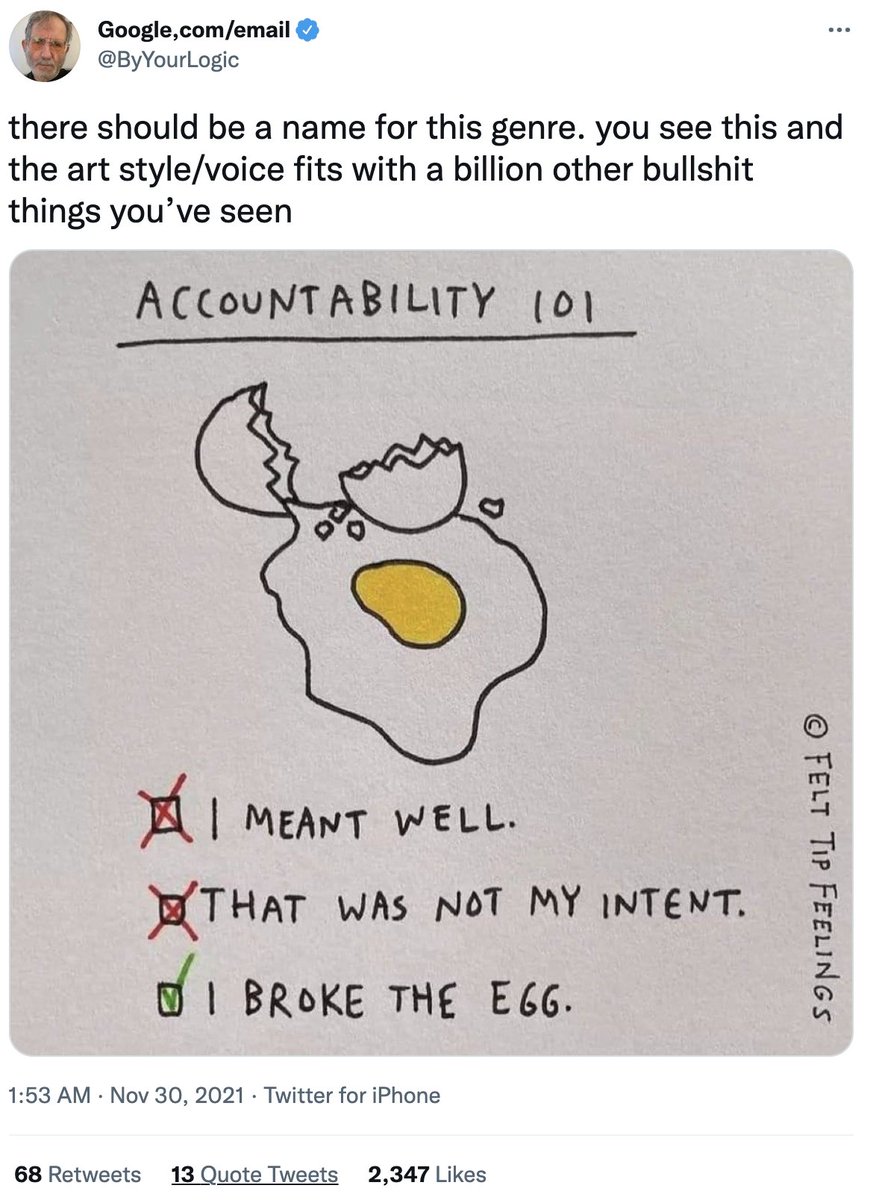
I am tempted just to say I work with data visualizations and leave out the accessibility part. It makes a lot of folks think this is some extra topic or feature, like voronoi diagrams or storytelling.
But everyone should be doing accessibility work. It is part of visualization.
But everyone should be doing accessibility work. It is part of visualization.
It's part of the job! Everyone should make their charts, graphs, figures, interactives, and interfaces accessible.
Scientists, designers, engineers, analysts: this should be on all your minds!
Scientists, designers, engineers, analysts: this should be on all your minds!
The bad news: you can only make something as accessible as your tools and environments allow.
So a lot of the responsibility falls to tools like Tableau (who rely heavily on community-provided accessibility) or journals like @ieeevis/@ieee_tvcg that still use inaccessible pdfs.
So a lot of the responsibility falls to tools like Tableau (who rely heavily on community-provided accessibility) or journals like @ieeevis/@ieee_tvcg that still use inaccessible pdfs.
A technical intervention is helpful sometimes, but if the technical solutions we already use don't work, it's time for a social intervention: advocating for change from within these spaces.
The impact will be much greater if they can enact change with their existing communities.
The impact will be much greater if they can enact change with their existing communities.
• • •
Missing some Tweet in this thread? You can try to
force a refresh







